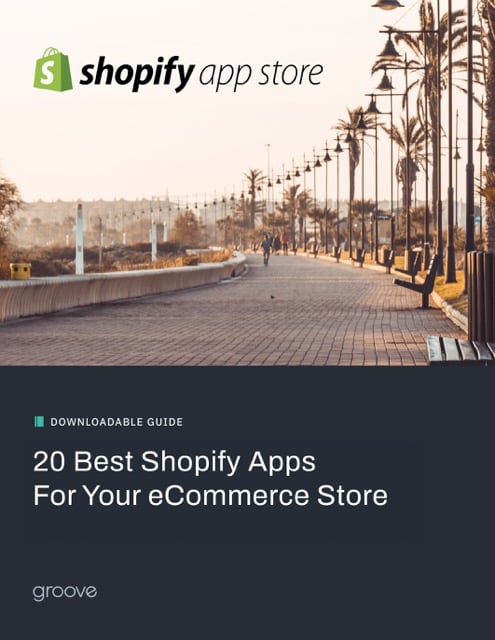A B2B content marketing strategy is vastly different from that of B2C. Before getting started with content marketing, be sure to understand who your audience is, their purchasing behaviors and how you want to interact with them. Remember to communicate how your company is capable of solving the challenges they’re facing in their business.
4 B2B Content Marketing Strategy Tips For Success
1. Take a Personalized Approach To Nurturing Based on Behavior
Not everyone will have the same experience with your brand. If they do, then your B2B content marketing strategy needs improvement. One way to provide people with dynamic brand experiences is by creating personalized nurture journeys based on behavior.
For instance, let’s pretend a handful of prospects view a specific web page over and over again. Nurture this segment by creating an automated workflow that sends content related to the web page they viewed. Customize the workflow however you see fit to your business goals. For example, set the enrollment criteria to target the people who have viewed the web page over different periods of time. The criteria will fluctuate depending upon on your business goals; here are some examples:
- Has viewed web page in the last month
- Has viewed web page for at least 30 seconds over all time
- Has viewed web page 5 or more times
Another example of nurturing based on behavior is to target those who purchase from your business on a regular basis. Send an automated confirmation email each time their order is on its way, or send an automated email 365 days post-purchase asking for a product review. The nurturing possibilities are endless with automated workflows!
2. Create Content For Each Lifecycle Stage & Segment
In order to accomplish this, you must first understand each lifecycle stage. This typically looks like:
- Person subscribes
- Person becomes a lead
- Person becomes a qualified lead/opportunity
- Person becomes a customer
- Person becomes a loyal customer/brand evangelist
Create content that solves the problems faced in each phase. For instance, let’s pretend your company sells services such as email marketing and SEO. Cater content to subscribers and leads to inform them of email marketing and SEO and how these two marketing strategies affect a business’s bottom line. Create content for loyal customers and brand evangelists that they can reference later when using your product or service - think something along the lines of how to use this [specific product/service] to [solve this specific problem].
3. Use Gated Content
Gated content refers to anything on the internet that requires people to enter their personal information (like first name, last name and email) in order to access something of value to them. If you examine any successful B2B content marketing strategy, we’re confident that they utilize gated content in some form. The reasoning behind this is that it’s not only difficult to gain traction with ungated content, but it’s also hard to convince people to hand over their information if they’re not getting much value in return.
Some great examples of gated content include webinars, downloadable “how-to” guides, product demos, courses, annual reports and templates. We’ve seen these types of gated content perform highly in the B2B landscape.
4. Partner With Others In The Industry To Create Co-Marketing Content Together
Look for other reputable companies in your industry, and don’t be afraid to reach out for a partnership. Work together to create content that mutually benefits each business as well as the targeted audience of each. Here at Groove Commerce, we’ve partnered with BigCommerce and Searchspring on our B2B eCommerce Guide and have leveraged these partnerships to create tons of co-marketing content together. You can check them out on the resources page.
Conclusion
Following these four steps is key to creating a B2B content marketing strategy that drives more customers to your business. If you have any questions about B2B eCommerce or content marketing in general, we’re here to help. Reach out through the form below, and a member of our team will be happy to discuss how we can improve your B2B eCommerce marketing strategy.

E-BOOK
20 Best Shopify Apps For Your eCommerce Store
Explore tags:
About the author
Subscribe to the Groove Newsletter
Get the latest updates and insights straight to your inbox



